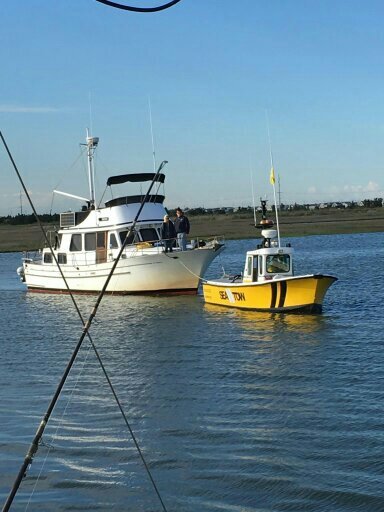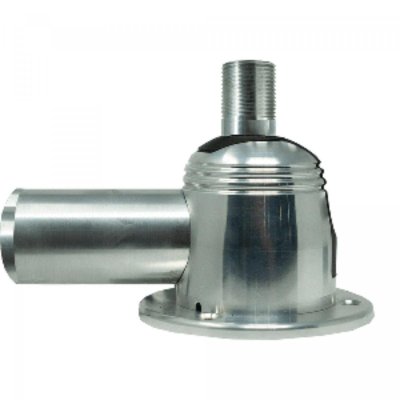psneeld
Guru
Maybe I was forced to learn radio theory and used HF and VHF all over the western hemisphere as part of my professional career.
Not only did I learn theory....all those years actually using it from many boats and shore stations and aircraft taught me about practical.
Take my suggestions or not....true small works most of the time....I hope you never wish you wanted more db.
Me, I have both tools for any job.
Not only did I learn theory....all those years actually using it from many boats and shore stations and aircraft taught me about practical.
Take my suggestions or not....true small works most of the time....I hope you never wish you wanted more db.
Me, I have both tools for any job.
Last edited:



